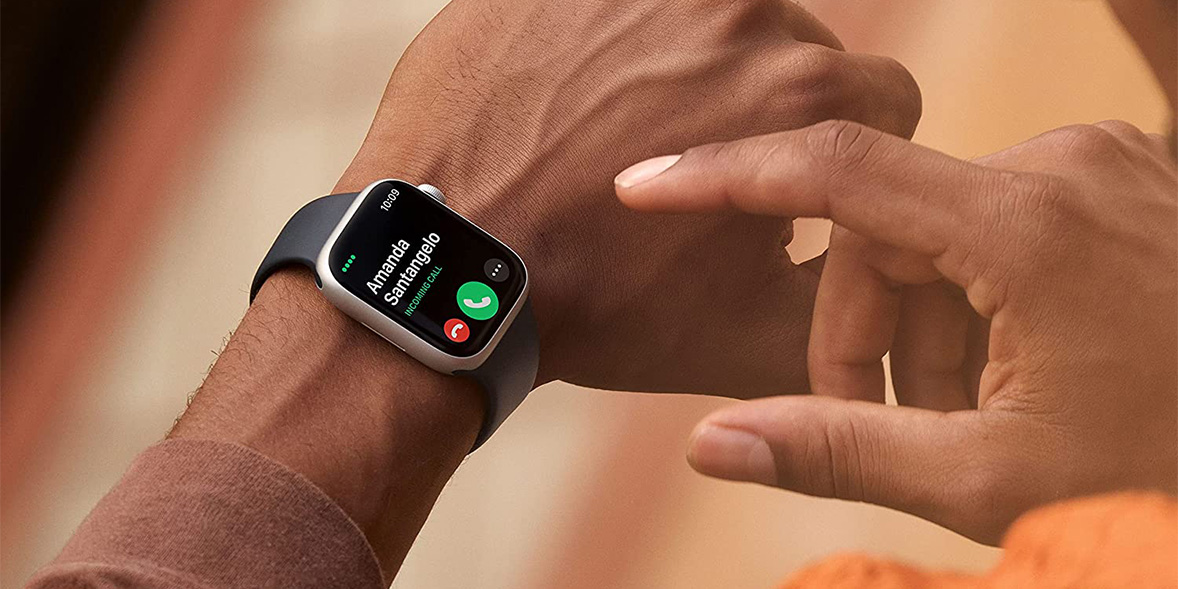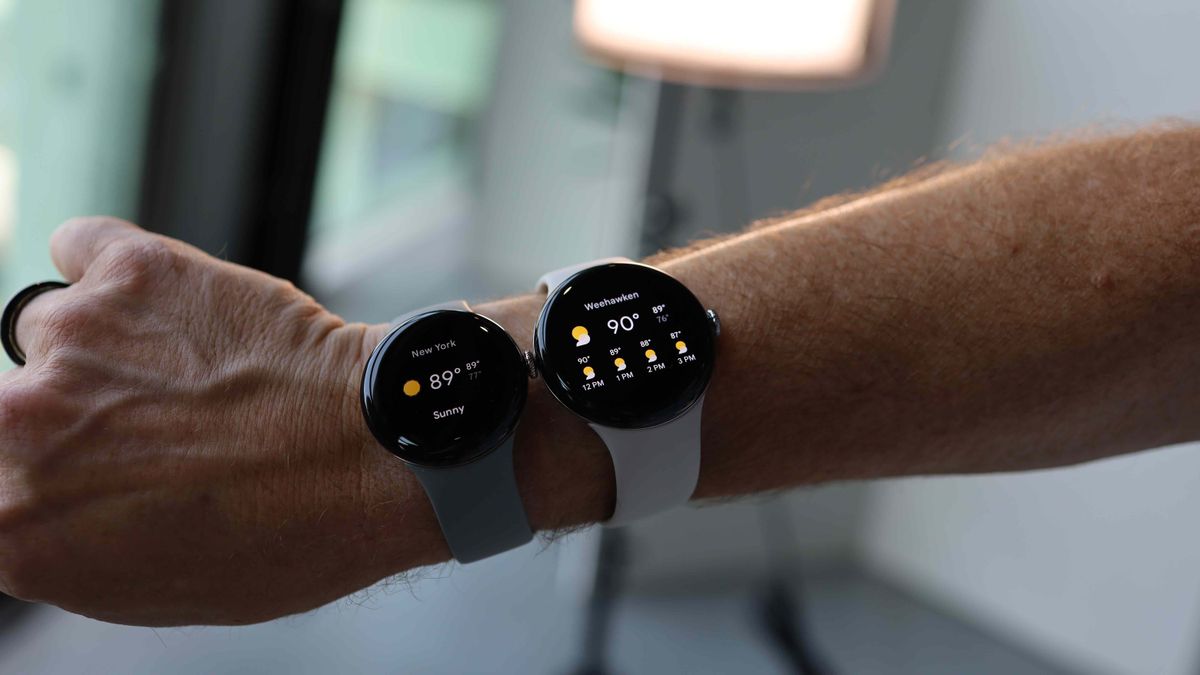
Google is making waves this summer with its latest lineup of Pixel devices, featuring the highly anticipated Pixel 9 series and the new Pixel Watch 3. While the Pixel 9 phones have received a major redesign, the Pixel Watch 3 retains a familiar look but introduces an exciting new feature: Loss of Pulse Detection.
This new feature, which was kept under wraps until the official announcement, is a notable addition to the Pixel Watch 3. Unlike many of the leaks and rumors that circulated before the reveal, Loss of Pulse Detection came as a genuine surprise. It’s a game-changing innovation that I hope will prompt other tech giants, particularly Apple, to incorporate similar features into their wearables due to its potentially life-saving capabilities.
Apple Watch: Falling Behind?
 When the Apple Watch debuted in 2015, it revolutionized the world of wearables. Before its launch, basic activity trackers like Fitbit were the norm, offering simple functions like step counting and heart rate monitoring. The Apple Watch changed the game by integrating more advanced health and fitness tracking features.
When the Apple Watch debuted in 2015, it revolutionized the world of wearables. Before its launch, basic activity trackers like Fitbit were the norm, offering simple functions like step counting and heart rate monitoring. The Apple Watch changed the game by integrating more advanced health and fitness tracking features.
Over the years, Apple has continuously enhanced the Apple Watch, starting with the Series 4. It introduced groundbreaking features such as ECG, fall detection, SpO2 monitoring, and temperature sensors. The Apple Watch Ultra further expanded its capabilities with depth gauges and water temperature sensors.
However, recent models like the Apple Watch Series 9 and Apple Watch Ultra 2 have seen a slower pace of innovation. These updates mainly included a new S9 chip, the Double Tap gesture, and increased storage—modest improvements compared to the transformative features of earlier models.
Meanwhile, Samsung has been pushing the envelope with its Galaxy Watch series, adding features like blood pressure monitoring and sleep apnea detection, along with tracking body aging through the AGEs metric.
The Pixel Watch 3’s Revolutionary Feature
 Google’s Pixel Watch 3 introduces Loss of Pulse Detection, a feature that combines biosensing technology, heart activity monitoring, and advanced AI algorithms. This feature is designed to detect when a user loses their pulse, a serious indicator of critical health emergencies such as cardiac arrest, respiratory failure, or severe circulatory issues.
Google’s Pixel Watch 3 introduces Loss of Pulse Detection, a feature that combines biosensing technology, heart activity monitoring, and advanced AI algorithms. This feature is designed to detect when a user loses their pulse, a serious indicator of critical health emergencies such as cardiac arrest, respiratory failure, or severe circulatory issues.
In such emergencies, where every second counts, the Pixel Watch 3 can automatically call emergency services and send the user’s location to help expedite medical assistance. While currently available only in select EU regions and the U.K., this feature is an impressive leap forward in wearable health technology.
Why Apple Needs to Step Up
Despite its many strengths, the Apple Watch has recently struggled to match the pace of innovation seen in competitors. The removal of SpO2 tracking due to legal challenges has left Apple Watch users without a crucial health monitoring feature. As other smartwatches, like the Pixel Watch 3, introduce advanced functions such as Loss of Pulse Detection, it highlights a growing gap in Apple’s offerings.
This feature could significantly impact emergency response times and potentially save lives. It’s clear that such advancements should be incorporated into future Apple Watch models. Given the importance of this feature, it would be a valuable addition to the Apple Watch Series 10 and Apple Watch Ultra 3.
In summary, while the Apple Watch remains a leading wearable, it’s evident that keeping up with the latest health monitoring innovations is crucial. Google’s Pixel Watch 3 has set a high bar with Loss of Pulse Detection, and I hope Apple will take note and integrate similar life-saving technologies into their future devices.
